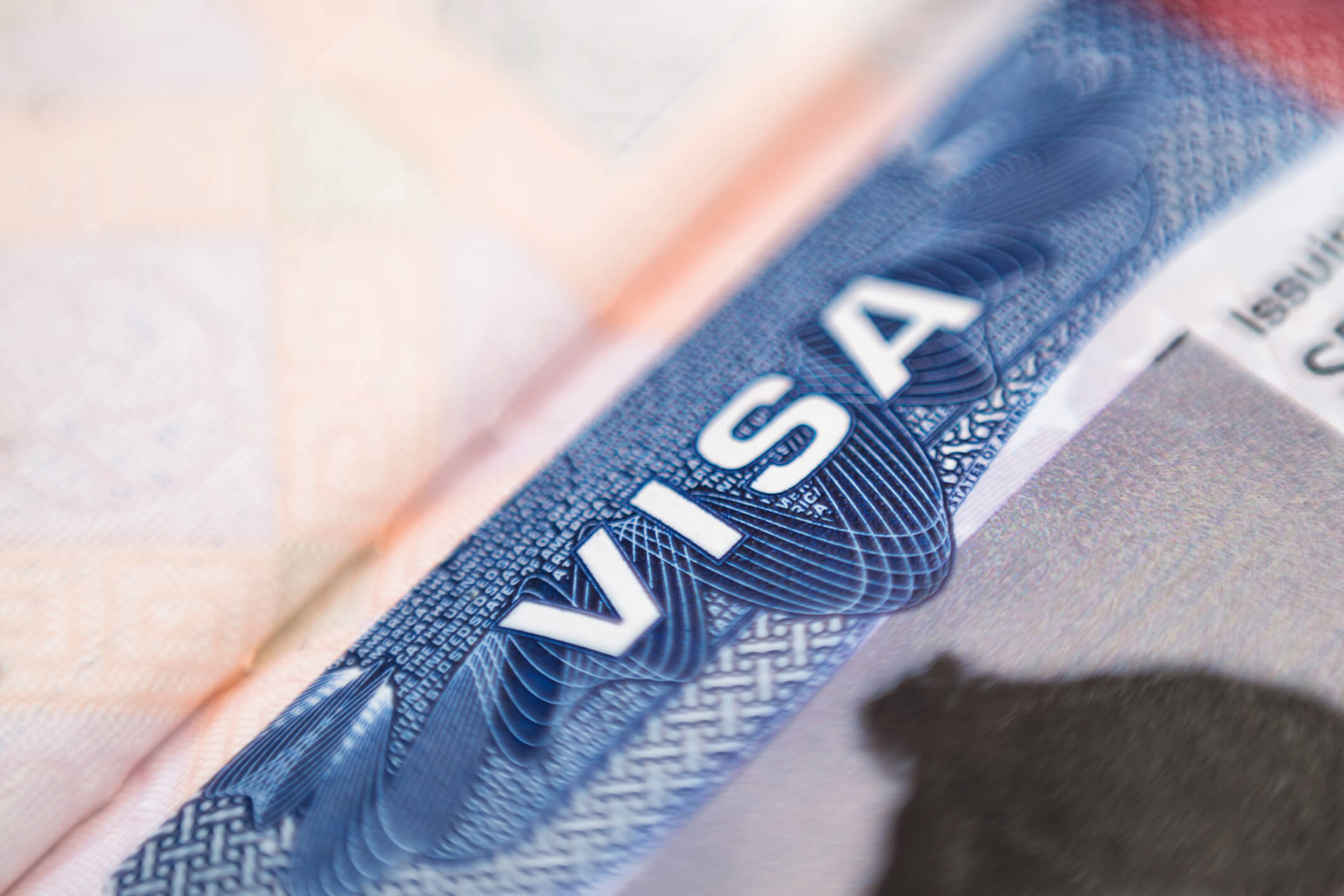The road to immigration reform has been a slow one with many stops and starts. Ultimately, despite years of discussions, no comprehensive changes have occurred. Instead, there have been smaller adjustments to the existing system: more vigorous enforcement of existing laws (for example, via I-9 audits) and expansion of the Internet-based employment verification system known as E-Verify.
President Obama breathed a bit of new life into immigration reform when he met with Senators Chuck Schumer (D-NY) and Lindsey Graham (R-SC) on March 11 to discuss new proposals on immigration reform. The senators have sketched out reform that would include: a path to legalized status for some 10.8 million persons illegally living in the United States; a guest worker program allowing a limited number of foreign nationals to work temporarily in the United States; and a national biometric identification card to be used by all legal workers to gain employment. The controversial biometric card would be phased in among employers. As the scanner required to check identification cards would cost an estimated $800, larger employers could purchase a scanner to process newly-hired employees while smaller employers could take applicants to a government office (e.g., the Department of Motor Vehicles) to process new hires. According to his website, Senator Graham made it clear to the President that his support for immigration reform would halt if health care reform via reconciliation (i.e., passing health care reform with a simple majority by circumventing a Republican filibuster) occurs in Congress. Considering the length of the health care debate and the past history on immigration reform efforts, many remain skeptical that comprehensive reform will occur in 2010.




